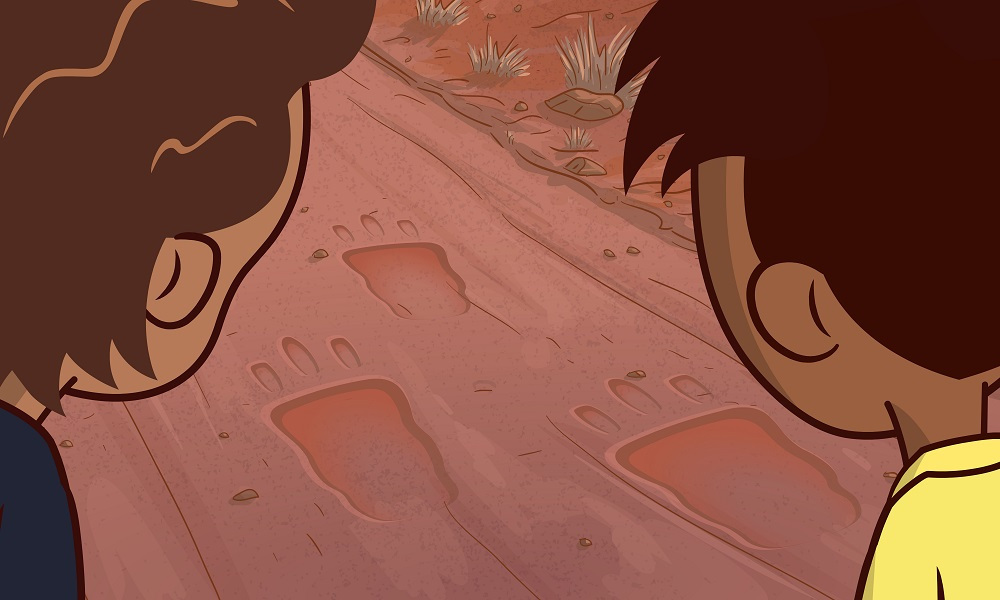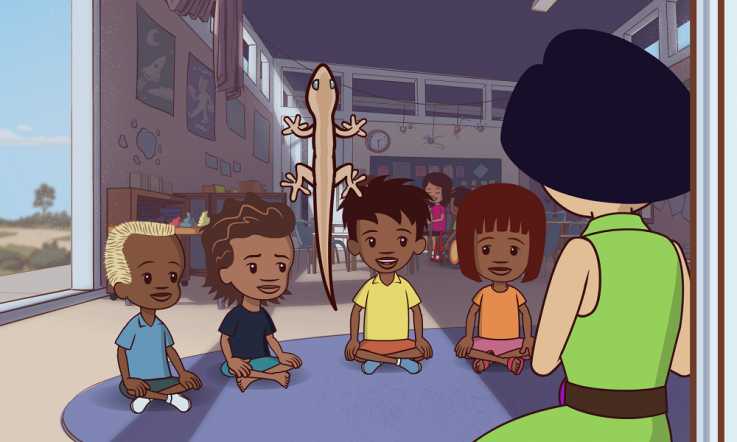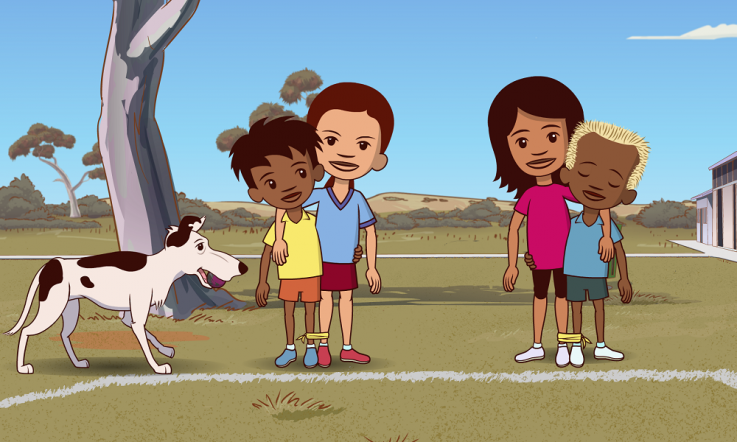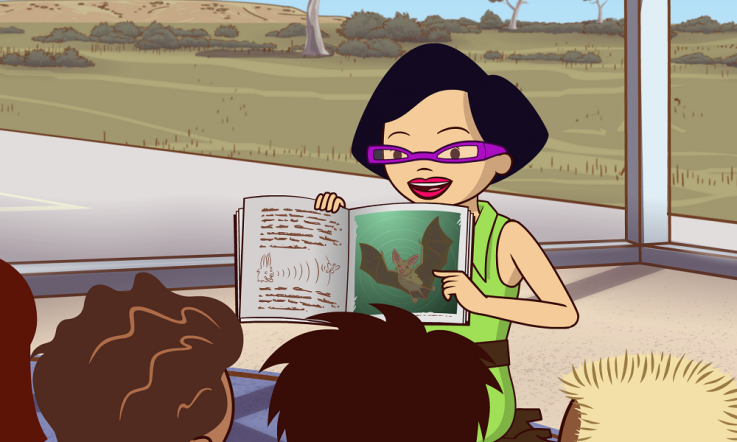Little J & Big Cuz is a Logie award-winning animated children's series that follows two Aboriginal children who live with their nanna and lovable dog. The 13 episodes explore the unfamiliar world of school and how, with the help of their teacher Miss Chen, Little J and Big Cuz navigate their first years of school life. In this regular blog, Miss Chen will be sharing some of the F-2 resources she's been using in her classroom, which are all available to download for free via the Little J & Big Cuz website.
Hi, my name is Miss Chen and I am a primary school teacher. Teaching is one of my greatest passions in life. In fact, my goal is to have my students enjoy school as much as I do! I'm the only teacher in my school so I have to work hard to ensure my F-2 program is dynamic and based around the children's interests.
While my father was born in South East Asia, my mother's family have been in Australia for generations. My mum taught me a lot about the land and the importance of Aboriginal culture, but I still have lots to learn, which is why I love working closely with Indigenous elders and other families in my community.
On this blog I'll be sharing some of the exciting resources I've been using in my classroom that are all free to download on the Little J & Big Cuz educator resource page.
In today's activity, my students conduct an experiment to see which animals live in our school environment.
The Australian Curriculum requires me to introduce my students to science experiments, keeping in mind that science needs evidence to prove an assumption. In Year 2 Science, we've been exploring this idea by writing hypotheses and conducting our very own experiments.
The children are always sharing stories about how they go out on Country with their families to go animal tracking, so I decided to use this to put together a lesson for them.
As a class, we all took turns guessing which animals are present in our local environment, and which animals come out at night to roam around the school. This formed the basis for our class experiment.
I asked students to hypothesise about which animals are present in the school based on their observations. We acknowledged that animals may include birds, insects, domesticated animals and Australian animals in the local area.
From there, we went out to the school yard to set up our experiment. As a group, we found an area of ground in the school yard that was out of the way and won't be stepped on during the day. We cleared the area of leaves and sticks, leaving only the dirt exposed.
The children sat back and watched as I dug up the top layer of dirt, making sure to keep the areas as level as possible. The removed dirt was transferred into a bucket, and then put through a sifter and spread out evenly over the surface of the patch of dirt. This created a layer of dust-like dirt on the top.
From there a student was nominated to place a piece of apple in the centre of the patch. The idea is that we will leave the patch untouched overnight and return tomorrow morning to the record the footprints left by the creatures during the night.
The students are so excited to return to school tomorrow to record which animals have stopped by. In fact, they were making all kinds of predictions about which creatives will leave behind their prints. ‘Goannas! Magpies! Dingos!' were all suggestions offered up.
I plan on making this a week-long experiment, taking photos of the tracks each morning so I can create a photo display in the classroom that will reveal the movements of night creatures we find on Country.
The resource mentioned in this blog post is directly related to Little J & Big Cuz Episode 5 ‘Goanna Ate My Homework’. It is recommended that your students view the episode before engaging in the activities listed in the resource.
Visit the Little J & Big Cuz website to view the full suite of resources for each episode in the series.



